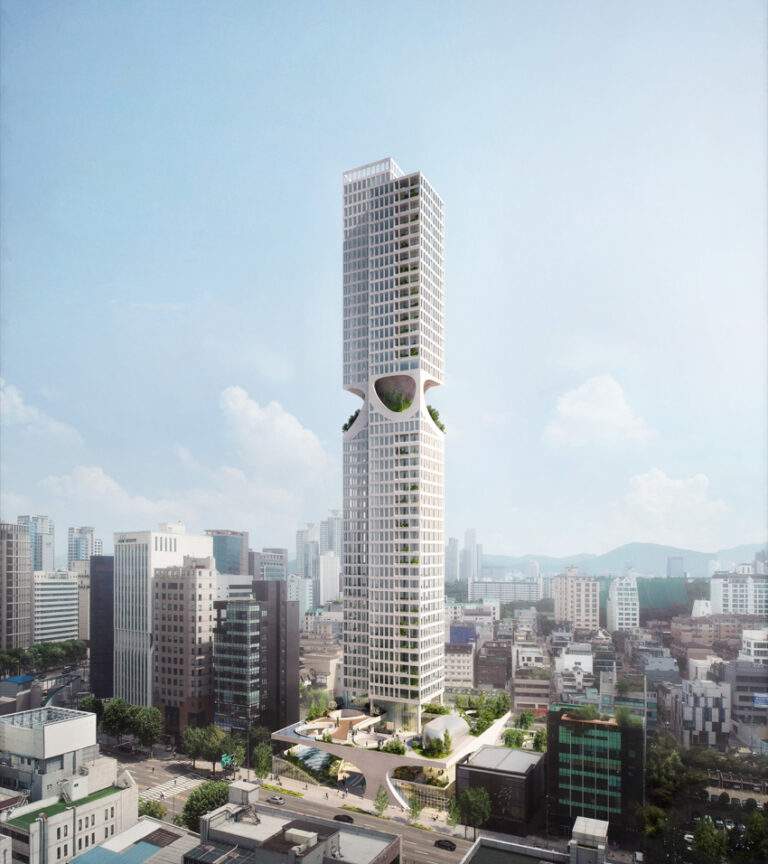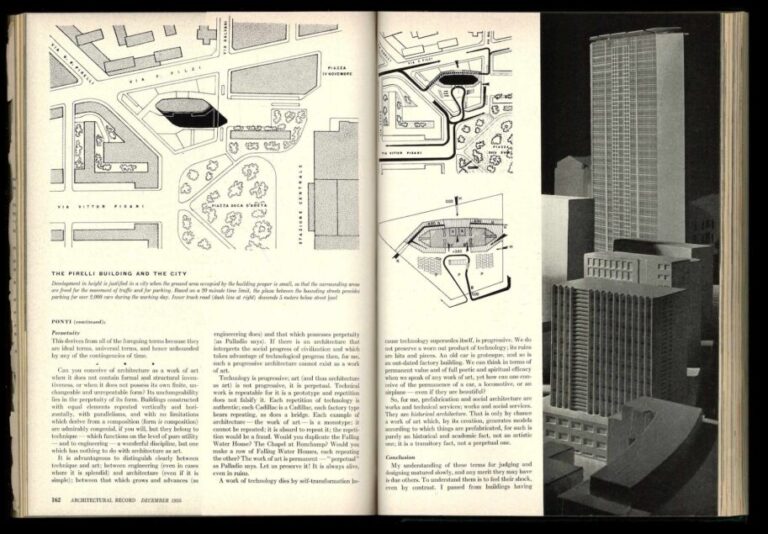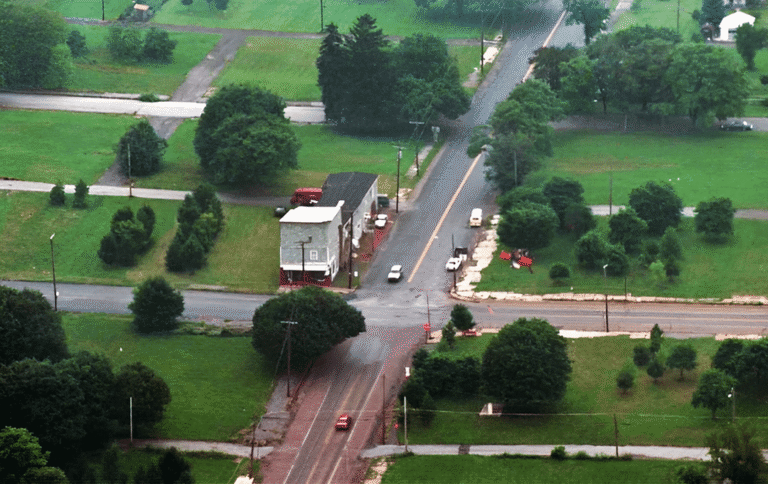Introduction
Tucked away in a quiet neighborhood of Buenos Aires stands the Goethe-Schule building a living testament to the long standing cultural ties between Germany and Argentina. More than just a school, this institution has become a symbol of cultural exchange that has endured for decades. Designed by architect Lorenzo Siegerist between 1897 and 1990, the building is not only a place of learning but also a piece of European architectural heritage embedded in the heart of South America.
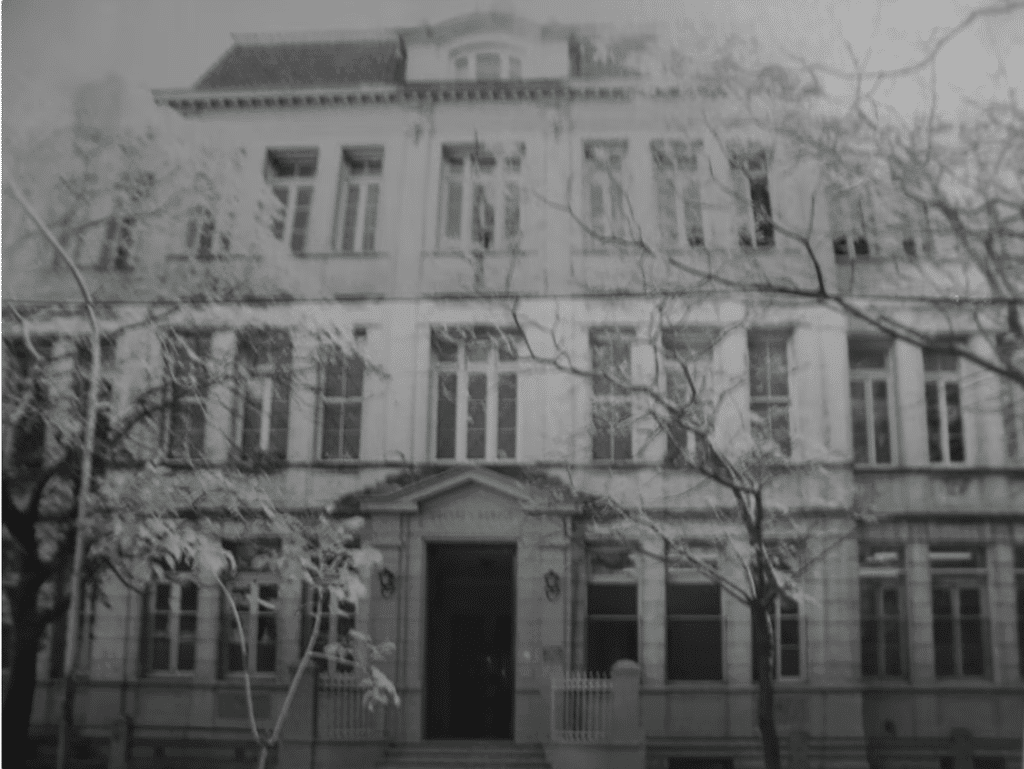
Construction and Evolution Over Time
Work on the school began toward the end of the 19th century, but its completion stretched over many decades. This long development period allowed different architectural influences to shape the final design. Despite its age, the building has managed to preserve its original elegance and German identity, while subtly blending in local elements that make it feel at home in Buenos Aires.
| Year | Key Milestone |
|---|---|
| 1897 | Construction begins |
| 1990 | Final completion of the building |
| 2000s | Major renovation and preservation efforts |

A Unique Architectural Identity
The building’s design reflects a mix of classical European architecture with light regional touches. Its finely carved façade, symmetrical columns, and large windows bring a timeless aesthetic to the structure. Generous natural lighting flows into the classrooms through these windows, enhancing the learning environment. The sloped roofline and high-set windows are subtle nods to traditional German architectural styles.
More Than Just a School – A Cultural Hub
It would be too simple to describe Goethe-Schule merely as an educational institution. It plays a central role in promoting German culture across Latin America. The school regularly hosts lectures, music performances, and cultural workshops events that attract not only students and teachers, but also members of the wider community interested in exploring German heritage.

Preserving a Historical Legacy
Like many historic buildings, Goethe-Schule has faced the effects of time and urban exposure. However, ongoing restoration efforts have ensured that its original character remains intact. These initiatives highlight the importance of preserving architectural heritage as part of the city’s cultural identity.
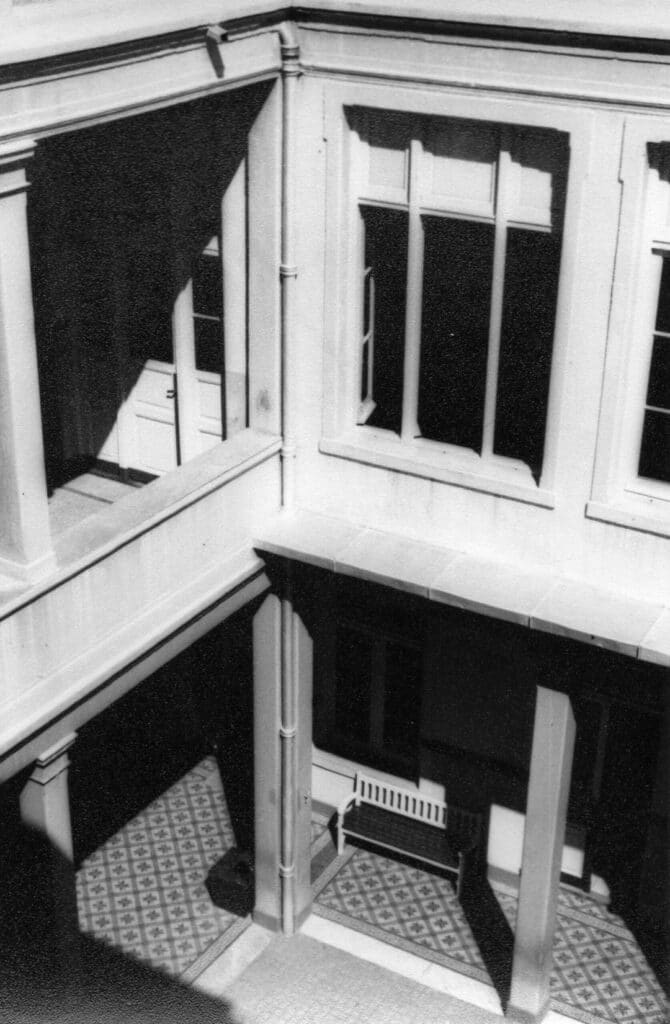
What Lies Ahead?
Despite being over a century old, Goethe-Schule continues to keep pace with modern times. It offers world-class education while maintaining its rich traditions. In an era where international and multicultural education is increasingly valued, the school remains a source of inspiration for educational institutions around the globe.
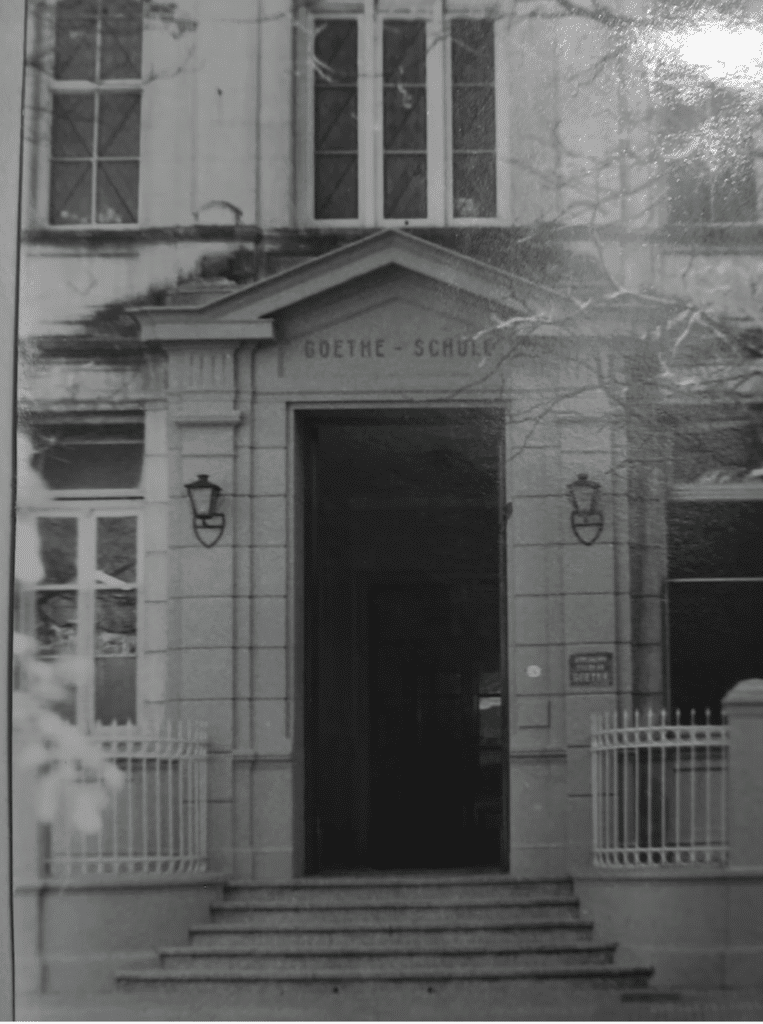
Conclusion
The Goethe-Schule building in Buenos Aires represents far more than just a place of learning it is a cultural bridge between two worlds. For over a century, it has continued to deliver both educational and cultural value, making it a shining example of how tradition and innovation can coexist beautifully.
ArchUp continues to track transformations in the construction industry, spotlighting projects that embrace innovation and reshape the urban landscape. The Museum of the Future is proof that when imagination meets dedication, the impossible becomes reality.


